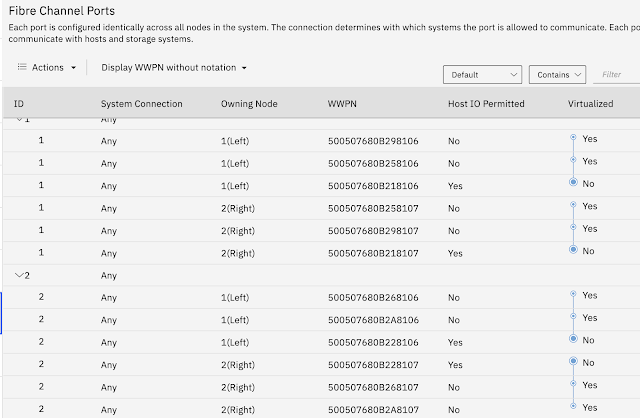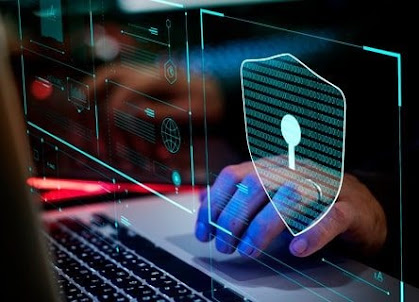Troubleshooting Slow Drain Devices on Broadcom Switches

Slow drain devices are one of the more common problems on storage networks. They can occur for a variety of reasons. For a refresher on how they can affect your storage network you should watch this video . In this blog post I will go through the basic steps to troubleshoot a slow drain device on a Broadcom fabric. I will be using command line output from switches. The CLI format lends itself better to a blog post more readily than screen shots from a GUI, and the commands are consistent across different versions of FOS. SANnav is a huge change from Brocade or IBM Network Advisor and the screens would look quite different between the two. The first command we will be using is porterrshow. The above output has been truncated for the ports we are interested in. The counters of interest are in the c3timeout column. You can see that there are 2 sub-columns, 'tx and 'rx'. 'tx' means the switc...


